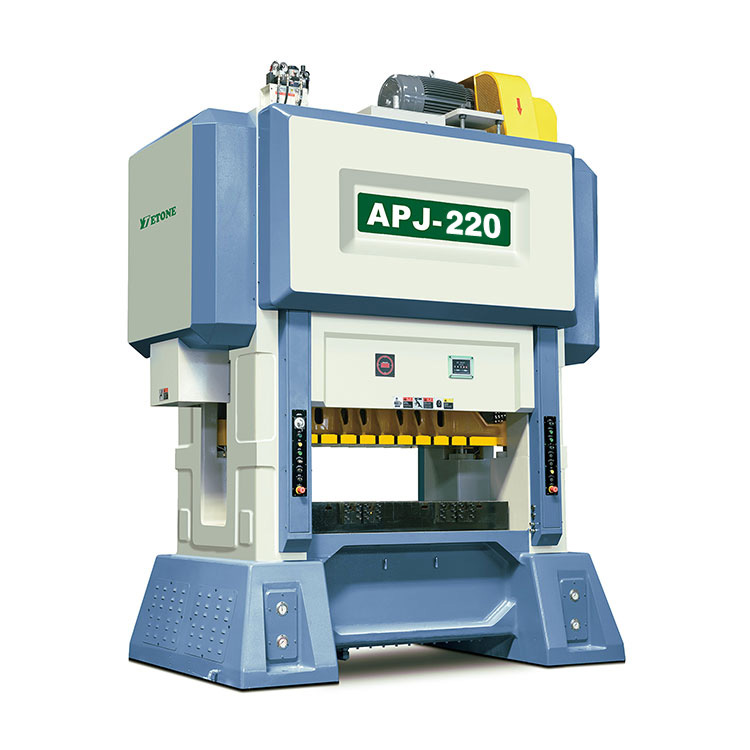A lamination power press is a device used to press multiple layers of materials together by heating, pressurizing and time control. Its working principle is based on the action of pressure and temperature, and is usually used to manufacture composite materials, plywood, paper lamination, plastic film or other multi-layer materials. The following is the working principle and process of the lamination power press:
1. Basic working principle
The lamination power pressprovides the necessary amount of pressure through the electric drive system, and the heat source of the press is usually used to heat the working platform to help soften or melt the material so that multiple layers of materials can be combined together. The working process can be divided into the following steps:
2. Working process
① Loading materials
In the operation of the lamination power press, the multi-layer materials to be pressed need to be placed in the working area of the press first. The materials are usually stacked together in a certain order and direction.
② Heating
Many lamination processes involve heating, especially when dealing with thermoplastic materials or adhesive materials. The heating plate or heat source in the electric press heats the upper and lower plate surfaces to soften the material or make the glue viscous so that the lamination process is smoother. The heating temperature and time can usually be adjusted, depending on the type of material used.
③ Applying pressure
Through the electric drive system, the upper and lower plates of the lamination power press will generate uniform pressure, so that multiple material layers fit tightly together. The size of the pressure and the control of the time are the key factors affecting the lamination effect. The greater the pressure, the better the lamination effect is generally. The power system of the electric press can be adjusted according to different process requirements.
④ Curing/cooling
If the material needs to be cured after heating, the press will maintain a certain pressure and continue to heat for a set time until the material is completely cured. After that, the cooling system may start to work to reduce the temperature of the material and equipment so that the laminated finished product can be safely removed.
⑤ Unloading the finished product
When the lamination process is completed, the press will release the pressure, remove the heating plate, and the finished material will be taken out. At this point, the multiple layers of material have been successfully pressed together to form a more solid whole.
3. Electric drive system
Compared with traditional hydraulic or pneumatic presses, electric presses usually rely on electric motors and mechanical structures to provide pressure. Electric drive systems have the following advantages:
Precise control: Electric drive systems can precisely control the applied pressure and are usually equipped with servo motors or stepper motors.
Speed and stability: Electric systems can provide faster operation processes and higher stability, which is suitable for precision lamination work.
Energy efficiency: Electric presses are generally more energy-efficient and have lower maintenance costs than hydraulic presses.
4. Common application areas
Lamination power press are widely used in many industries, including but not limited to:
Electronic industry: used to laminate circuit boards or integrated circuits.
Packaging industry: laminate plastic films or papers.
Composite manufacturing: for example, manufacturing composite boards, plywood or laminated glass.
Textile industry: laminate different layers of fabric to improve durability and aesthetics.
5. Summary
Lamination power press provide pressure through electric drive systems and combine heating processes to tightly combine multiple material layers. Its core operating processes include: loading materials, heating, pressurizing, curing and unloading. Because the electric system provides precise control, it is suitable for precise and fast lamination work and is widely used in many industrial fields.


